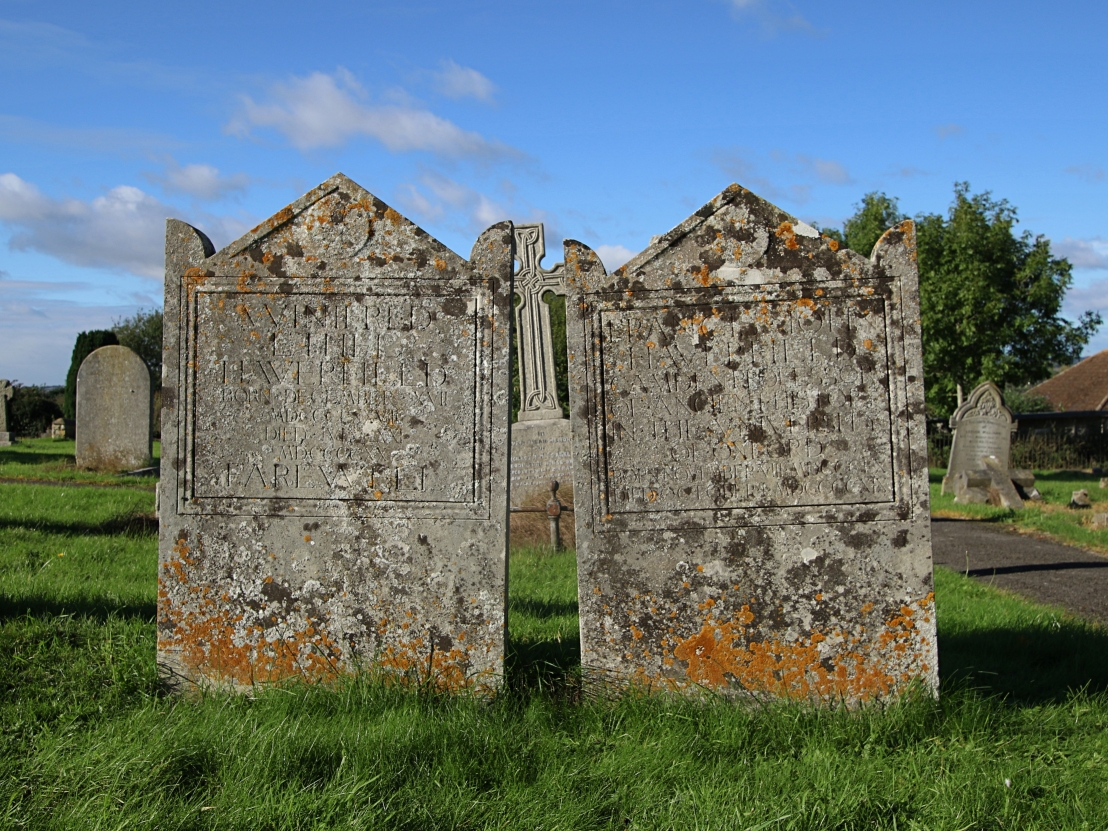Haverfield on:
[Wikipedia]
[Google]
[Amazon]
Francis John Haverfield, (8 November 1860 at Shipston-on-Stour – 1 October 1919) was an English ancient historian,
''Romanobarbarica''
including historical sources that Haverfield knew of and used in his work.
List of Papers of Francis J. Haverfield
*George Macdonald, "Haverfield, Francis John (1860–1919)," rev. P. W. M. Freeman, ''Oxford Dictionary of National Biography'' first published 2004; online edn, May 2010, 975 words {{DEFAULTSORT:Haverfield, Francis John 1860 births 1919 deaths English archaeologists English classical scholars Fellows of Brasenose College, Oxford 20th-century archaeologists 20th-century English historians Classical scholars of the University of Oxford Historians of antiquity People educated at Winchester College Camden Professors of Ancient History Fellows of the British Academy Governors of Abingdon School People of the Royal Commission on the Historical Monuments of England Presidents of The Roman Society
archaeologist
Archaeology or archeology is the scientific study of human activity through the recovery and analysis of material culture. The archaeological record consists of artifacts, architecture, biofacts or ecofacts, sites, and cultural landscap ...
, and academic. From 1907 to 1919 he held the Camden Professorship of Ancient History at the University of Oxford.
Education
Educated at Winchester College and New College, University of Oxford. At Oxford he gained a First in Classical Moderations in 1880 and a Second in Literae Humaniores ('Greats', a combination of philosophy and ancient history) in 1883. He worked for a time under Theodor Mommsen. He won the Conington Prize at Oxford in 1891 and in the following year was appointed a Student ellowof Christ Church, Oxford. In 1907 he moved to Brasenose College to become Camden Professor of Ancient History.Work
Haverfield was the first to undertake a scientific study of Roman Britain and is considered by some to be the first theorist to tackle the issue of the Romanization of the Roman Empire. Some consider him the innovator of the discipline of Romano-British archaeology. His works include ''The Romanization of Roman Britain'' (1905) (which originated as a lecture to the British Academy and for which he is best known), ''Ancient Town Planning'' (1913), and ''The Roman Occupation of Britain'' (1924), many monographs, and the authoritative chapters he contributed to the ''Victoria History of the Counties of England''. He excavated theRoman fort
In the Roman Republic and the Roman Empire, the Latin word ''castrum'', plural ''castra'', was a military-related term.
In Latin usage, the singular form ''castrum'' meant 'fort', while the plural form ''castra'' meant 'camp'. The singular and ...
at Hardknott
Hard Knott is a fell in the English Lake District, at the head of Eskdale.
Geology
Rhyolitic lava-like tuff of the Bad Step Tuff forms the summit rocks with the dacitic lapilli-tuffs of the Lincomb Tarns Formation to the north west. Border en ...
, the site of ancient ''Mediobogdum'' in Cumbria. He collected and published known Latin inscriptions in Britain.
He gave the Rhind Lectures in 1905 and 1907, on Roman Britain.
Haverfield is credited as playing a prominent role in creation of both the Society for the Promotion of Roman Studies and the British School at Rome
The British School at Rome (BSR) is an interdisciplinary research centre supporting the arts, humanities and architecture.
History
The British School at Rome (BSR) was established in 1901 and granted a UK Royal Charter in 1912. Its mission is " ...
.
He was on the governing body of Abingdon School
Abingdon School is a day and boarding independent school for boys in Abingdon-on-Thames, Oxfordshire, England. The twentieth oldest independent British school, it celebrated its 750th anniversary in 2006. The school was described as "highly ...
from 1907 to 1919 and was a supporter of the school.
Legacy
Among his other substantial contributions to education, Haverfield bequeathed his papers and impressive library to the university, these were subsequently housed at theAshmolean Museum
The Ashmolean Museum of Art and Archaeology () on Beaumont Street, Oxford, England, is Britain's first public museum. Its first building was erected in 1678–1683 to house the cabinet of curiosities that Elias Ashmole gave to the University of ...
. In 2001, Haverfield's material was transferred to the newly-built Sackler Library, and is now found in the Haverfield Archive section to the right hand side of the ground floor library. This archive consists of correspondence, coloured prints, and drawings illustrating mosaic pavements, site plans, publication extracts, although, this reportedly represents only a small fraction of Haverfield's papers. In addition, the archive holds valuable resources from European continental journals such a''Romanobarbarica''
including historical sources that Haverfield knew of and used in his work.

Students
Among his students was the archaeologist and topographer Thomas Ashby (1874–1931), the first scholar and third director of theBritish School at Rome
The British School at Rome (BSR) is an interdisciplinary research centre supporting the arts, humanities and architecture.
History
The British School at Rome (BSR) was established in 1901 and granted a UK Royal Charter in 1912. Its mission is " ...
, the Oxford historian, archaeologist, and philosopher R. G. Collingwood
Robin George Collingwood (; 22 February 1889 – 9 January 1943) was an English philosopher, historian and archaeologist. He is best known for his philosophical works, including ''The Principles of Art'' (1938) and the posthumously published ...
(1889–1943) and the archaeologist and anthropologist John Garstang (1876–1956).
References
External links
* *List of Papers of Francis J. Haverfield
*George Macdonald, "Haverfield, Francis John (1860–1919)," rev. P. W. M. Freeman, ''Oxford Dictionary of National Biography'' first published 2004; online edn, May 2010, 975 words {{DEFAULTSORT:Haverfield, Francis John 1860 births 1919 deaths English archaeologists English classical scholars Fellows of Brasenose College, Oxford 20th-century archaeologists 20th-century English historians Classical scholars of the University of Oxford Historians of antiquity People educated at Winchester College Camden Professors of Ancient History Fellows of the British Academy Governors of Abingdon School People of the Royal Commission on the Historical Monuments of England Presidents of The Roman Society